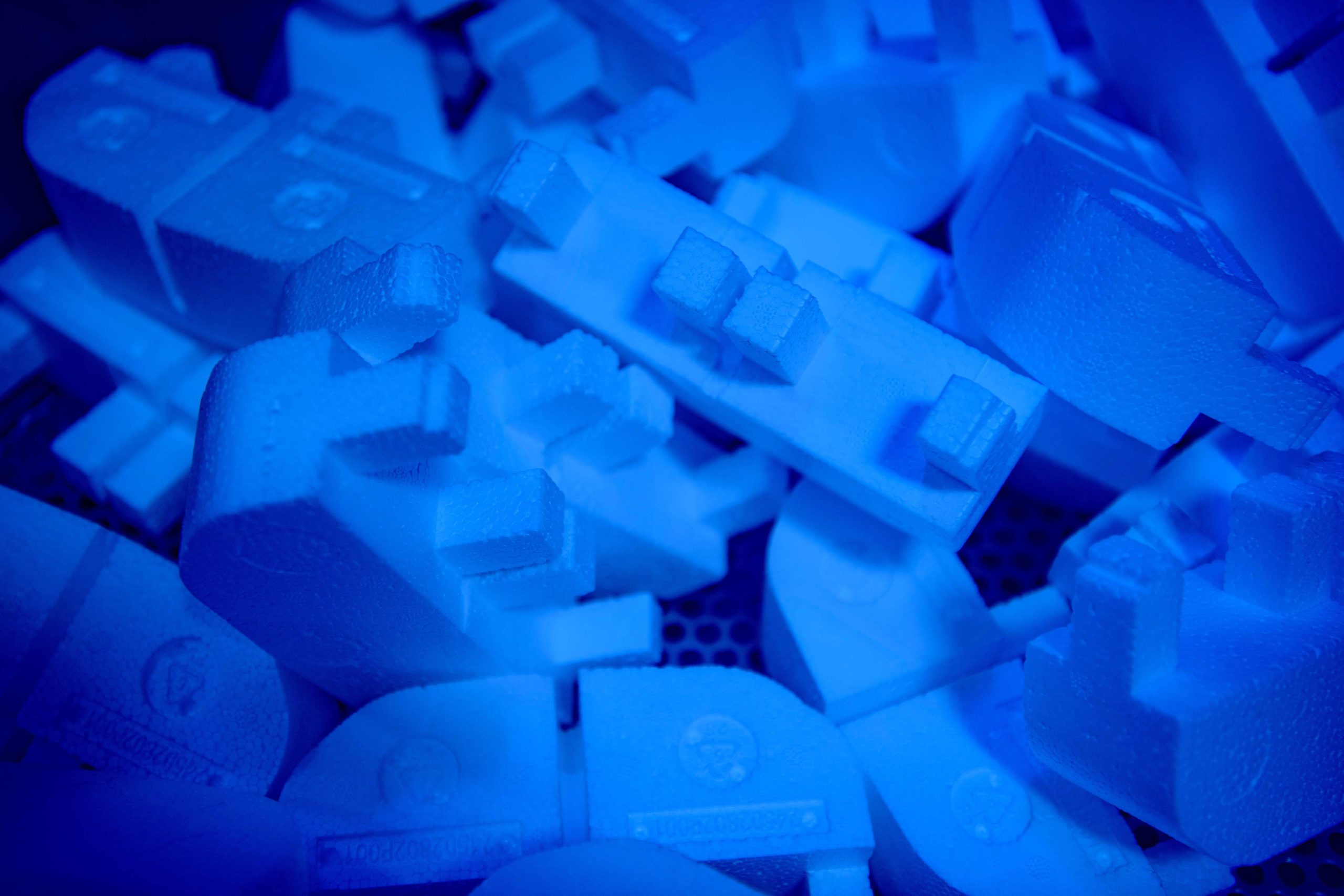The classic design in the Cold Chain shipping industry is an EPS insulated container containing a product that is kept refrigerated with gel packs and protected by bubble wrap. Although this pack out is a very tried and true method of shipping for food and pharmaceuticals, the one size fits all approach does not work with every client’s shipping arrangements. Problems can arise for clients that are looking to ship potentially hazardous materials such as dry ice, different sized payloads in one shipping container, and multiple temperature profiles in the same shipper such as frozen and refrigerated or refrigerated and controlled room temperature pack outs. Below are some specific instances where our design team was able to find a customization for our shippers that solved our client’s problems.


Dry Ice can present a simple and inexpensive solution for transporting a frozen item, but can also make it difficult for the recipient to retrieve their product if it surrounded by hazardous dry ice. A customized solution for one client’s shipments was to mold an insert that would separate the dry ice from the payload. This insert (the blue panel in the diagram above) allowed the dry ice to be kept on the bottom of the shipper and the product to be safely stored in an area above the ice. The receiving client could then retrieve the product from the top of the shipper and would not have to worry about touching the dry ice.
Another challenge presented by most cold chain shipments are the frozen gel packs. While the ice provided by the gel packs keeps your shipment at a desired temperature, the weight of the gel packs as well as the condensation that develops on the gels can potentially damage the payload that is being shipped. A client of EFP wanted to ship documentation and pamphlets to customers along with their product but feared that the paper may become damaged by the gel packs during transit. A small side compartment was added to the shipper (the red panel in the diagram above) that would separate any paper literature from the potentially wet conditions and keep the pack out of the shipment the same.

One customizable solution that EFP has developed is the Ring Attachment that can be placed on a number of our shippers. The EPS rings fit between the shipper base and lid, and give an extra two inches of payload space inside. Leaving the ring off of the shipper also allows for two inches of space above the shipper inside of the carton that can be used to ship materials that do not need to be transported in a temperature controlled environment.

The designers at EFP have the ability to add any panels, geometry, or customization to a shipper that can help a client reach their specific goals. If you are in need of a shipping solution that cannot be filled by the standard foam shipper, contact us today and our center of excellence design team can begin qualifying a solution for your packaging needs.

Whether you'd like to get to know more about EFP, learn more about our career opportunities or if you'd like to potentially do business, we'd love to talk with you.